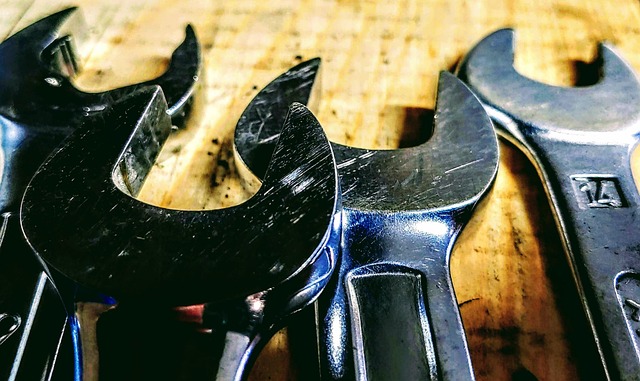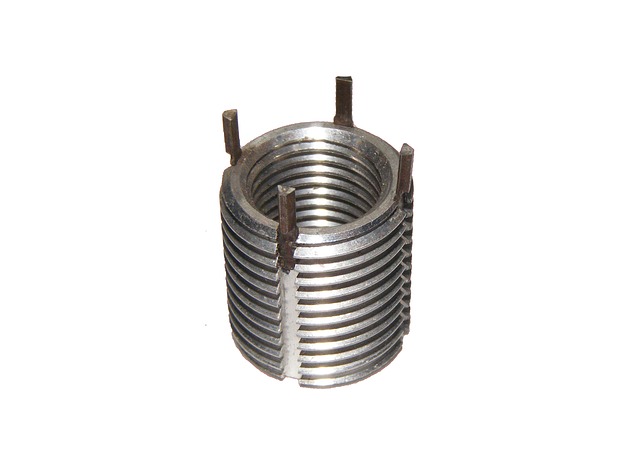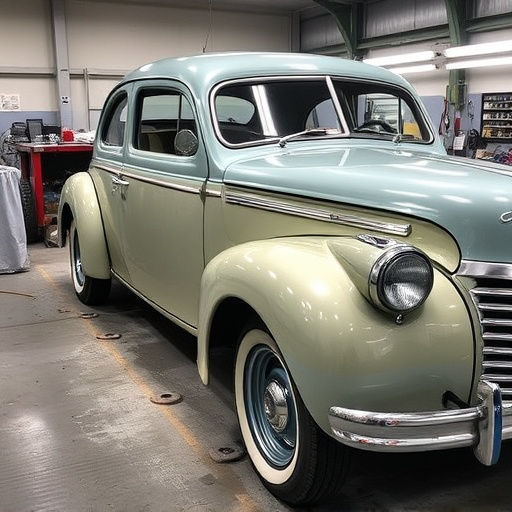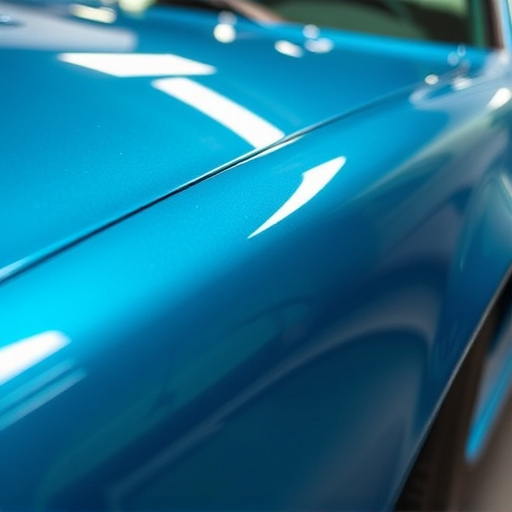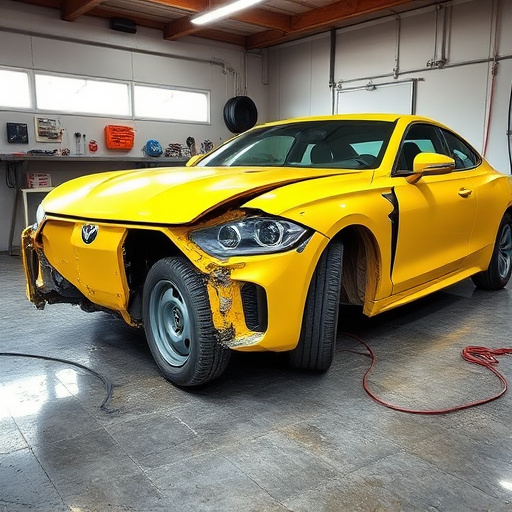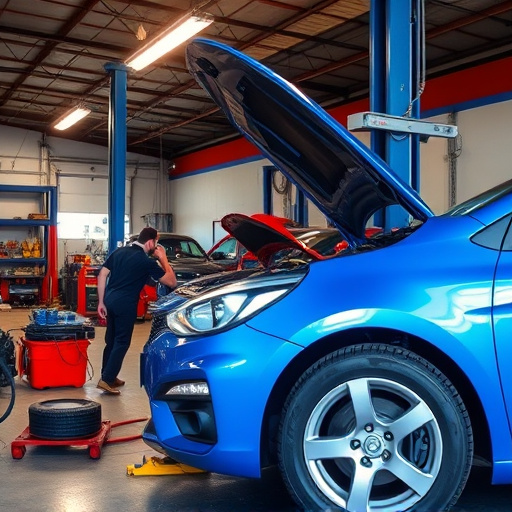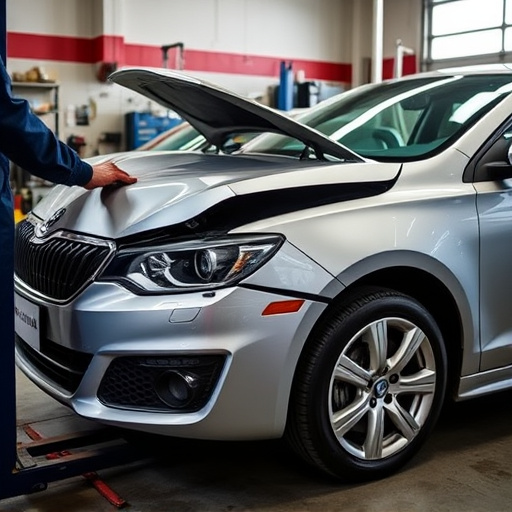Tesla owners should be aware that aftermarket parts replacements can impact vehicle resale value and diminished value claims. While OEM parts are preferred for quality and safety, cost-effective non-OEM alternatives must meet stringent criteria like model/year match and comparable quality to preserve vehicle integrity and claim success. Understanding rights, evaluating depreciation criteria, and consulting experts with market-aligned estimates and documentation are key to a fair Tesla diminished value claim.
Tesla owners often wonder about the financial impact of non-OEM part replacements on their vehicle’s value. This article delves into the intricate world of Tesla diminished value claims, offering a comprehensive guide. We explore how non-OEM parts can affect your car’s resale value and navigate the process to ensure fair compensation. Understanding these claims is crucial for informed decisions regarding repairs and maintenance, especially when prioritizing both quality and cost-effectiveness.
- Understanding Tesla Diminished Value Claims
- Non-OEM Parts: A Closer Look at Eligibility
- Navigating the Process for Fair Compensation
Understanding Tesla Diminished Value Claims

Tesla diminished value claims refer to the financial compensation owners seek when their vehicle’s value decreases due to non-OEM (original equipment manufacturer) part replacements. This scenario often arises when Tesla owners opt for aftermarket or third-party parts for repairs, which may impact the car’s overall market worth. In simple terms, if you choose to repair your Tesla with replacement parts that aren’t made by Tesla, there’s a chance its resale value could take a hit.
Understanding diminished value is crucial for Tesla owners as it allows them to make informed decisions regarding their vehicle maintenance and repairs. Just like in the automotive restoration process where original parts contribute to a car’s longevity and resale value, selecting non-OEM parts might create a financial disparity. The key lies in balancing repair needs with potential loss of value, especially when considering extensive vehicle body repair work.
Non-OEM Parts: A Closer Look at Eligibility
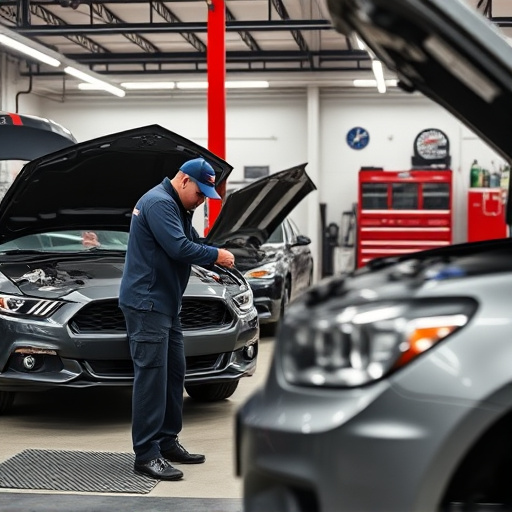
When it comes to Tesla diminished value claims, understanding the eligibility of non-OEM parts is crucial. While many car owners opt for original equipment manufacturer (OEM) replacements, choosing non-OEM alternatives can sometimes be a more cost-effective option. However, these parts must meet specific criteria to be considered valid for any potential reimbursement in the event of an accident or damage.
Non-OEM parts, such as those used for bumper repair or auto maintenance, should be of comparable quality and safety standards to the OEM counterparts. They should also match the vehicle’s make, model, and year precisely. Car bodywork experts can play a vital role in ensuring that non-OEM components are fit for purpose and conform to the manufacturer’s specifications. This meticulous process helps maintain the integrity of the vehicle’s structure and performance, thereby enhancing the chances of a successful Tesla diminished value claim.
Navigating the Process for Fair Compensation
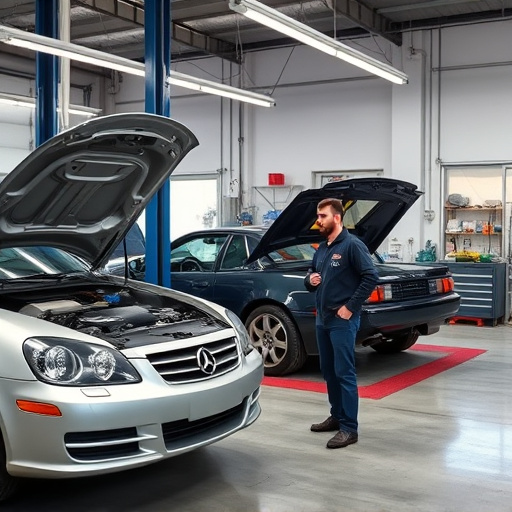
Navigating the process for fair compensation in a Tesla diminished value claim involves understanding your rights and the specific criteria that determine depreciation. When a vehicle suffers damage, whether through an accident or requiring non-OEM part replacements, it’s important to consult with experts who can assess the impact on your car’s overall value. Auto repair services and vehicle body repair professionals play a crucial role in this process by providing detailed estimates for repairs and replacements.
These estimates should be compared against market values to ensure that any claims for diminished value are accurate and just. Car paint services, while not always directly tied to depreciation, can also contribute to the overall aesthetic and thus, indirectly impact a Tesla’s resale value. By carefully documenting all expenses, including parts, labor, and any cosmetic enhancements, owners can strengthen their case when pursuing a Tesla diminished value claim.
In understanding Tesla diminished value claims and navigating the process for fair compensation, it’s clear that non-OEM part replacements can significantly impact a vehicle’s resale value. By closely examining eligibility criteria and employing strategic approaches, Tesla owners can ensure they receive just compensation when making such replacements. This is crucial in protecting the investment they’ve made in their electric vehicles.
